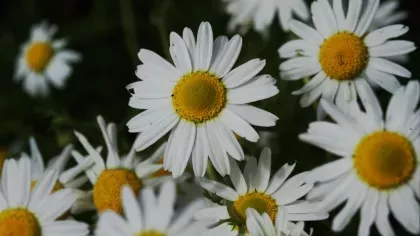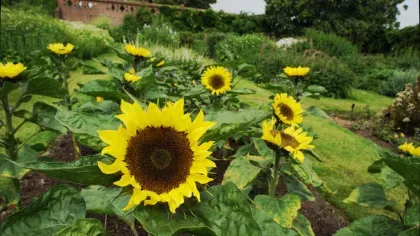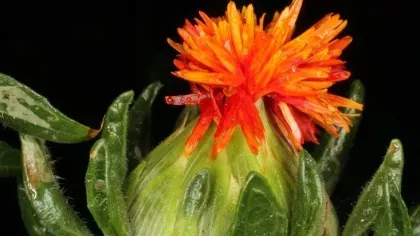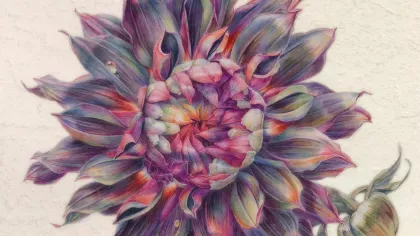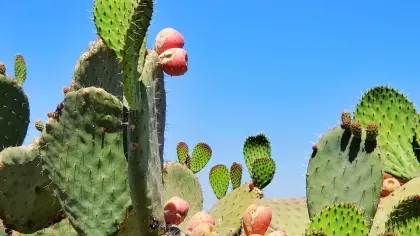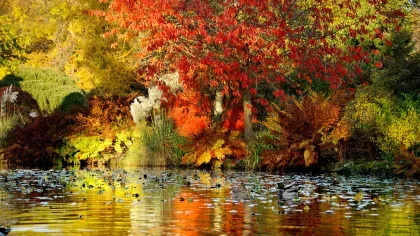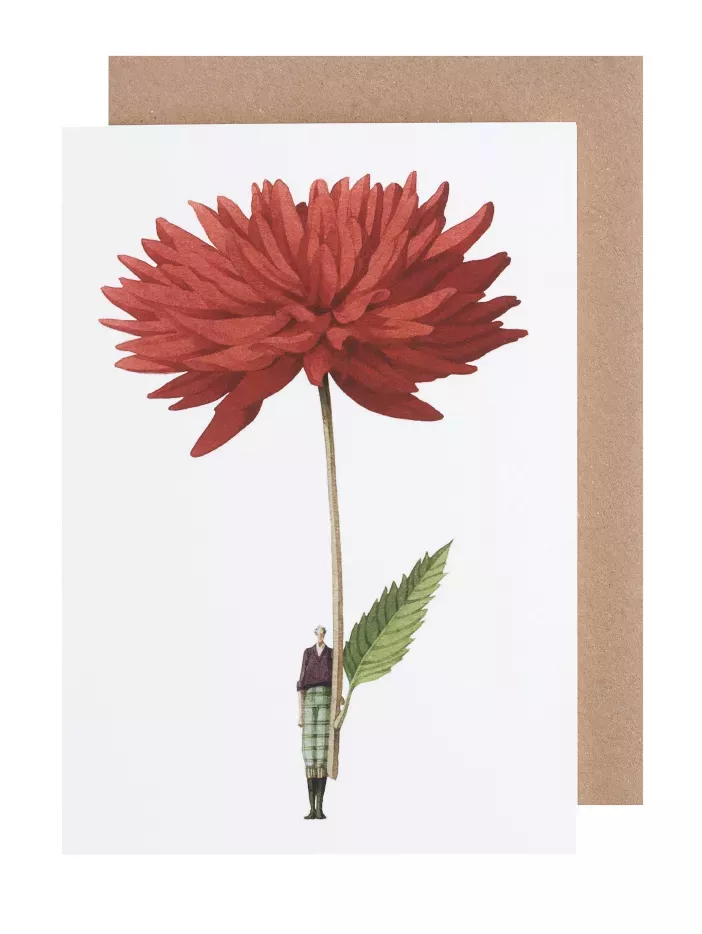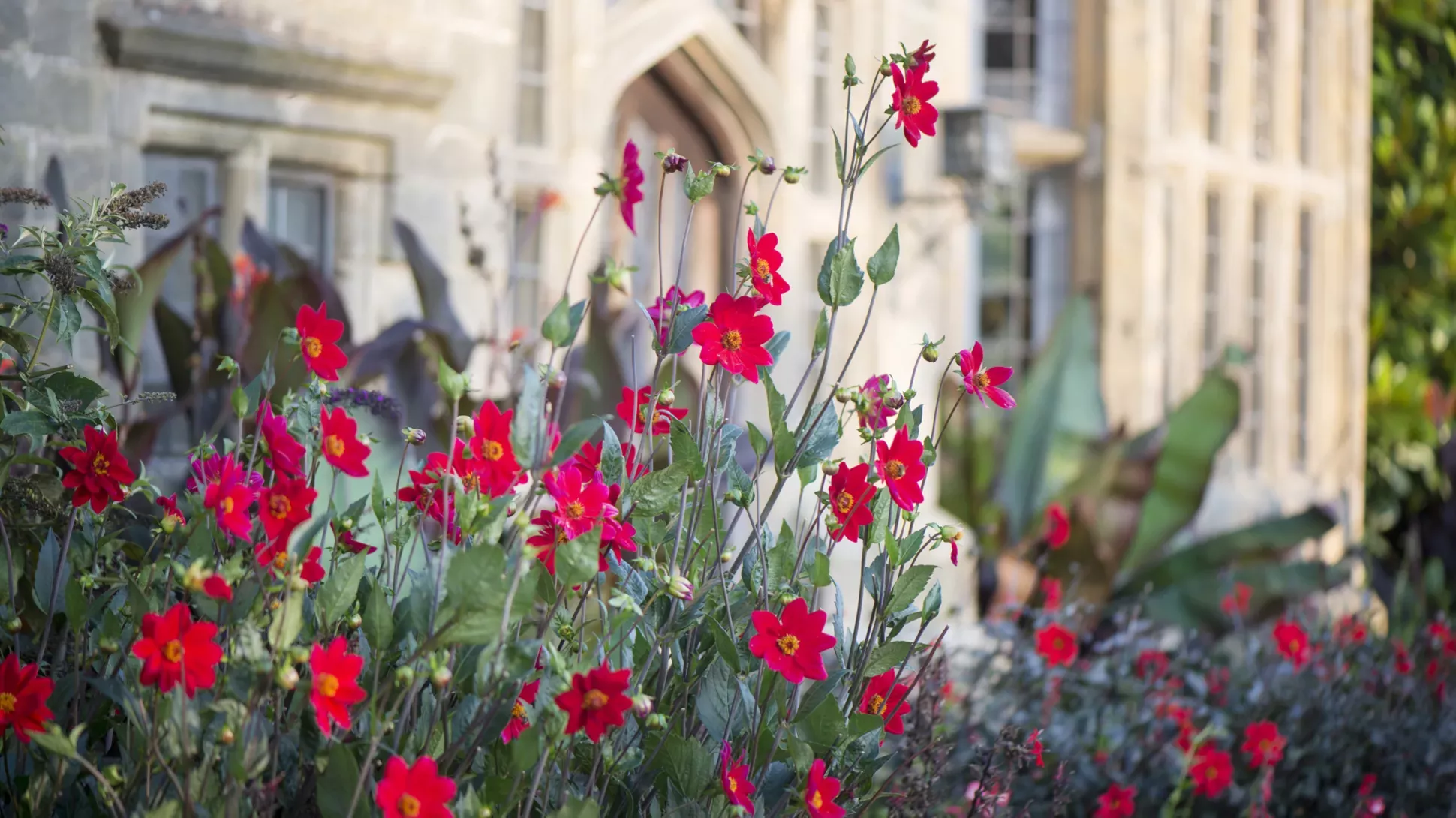
Dahlia
On this page
The national flower of Mexico, the dahlia, has a proud history reaching back to the days of the Aztec empire.
Originally grown by the Aztecs as a food crop for their starchy root tubers, the dahlia was later transported back to Europe by Spanish colonists in the 18th century.
Today, dahlias are an incredibly popular ornamental plant. While there are only 42 species, there are over 57,000 different cultivated varieties registered with the Royal Horticultural Society.
The dahlia’s name in Nahuatl, the language spoken by the Aztec people, is acocoxochitl, meaning ‘water pipe flower’, as they used hollow Dahlia imperialis stems to transport water.
Plant description
Dahlias are perennial plants with a range of features across 42 species. Some have green herby stems, others have woody stems. The flowers are incredibly diverse, with colours including white, yellow, orange, red and purple of varying shades. Dahlia flower structure also varies considerably, including simple star arrangements, complex spherical balls and flowers resembling waterlily blooms. Dahlias grow from underground tubers, which can be split to create new dahlia plants.
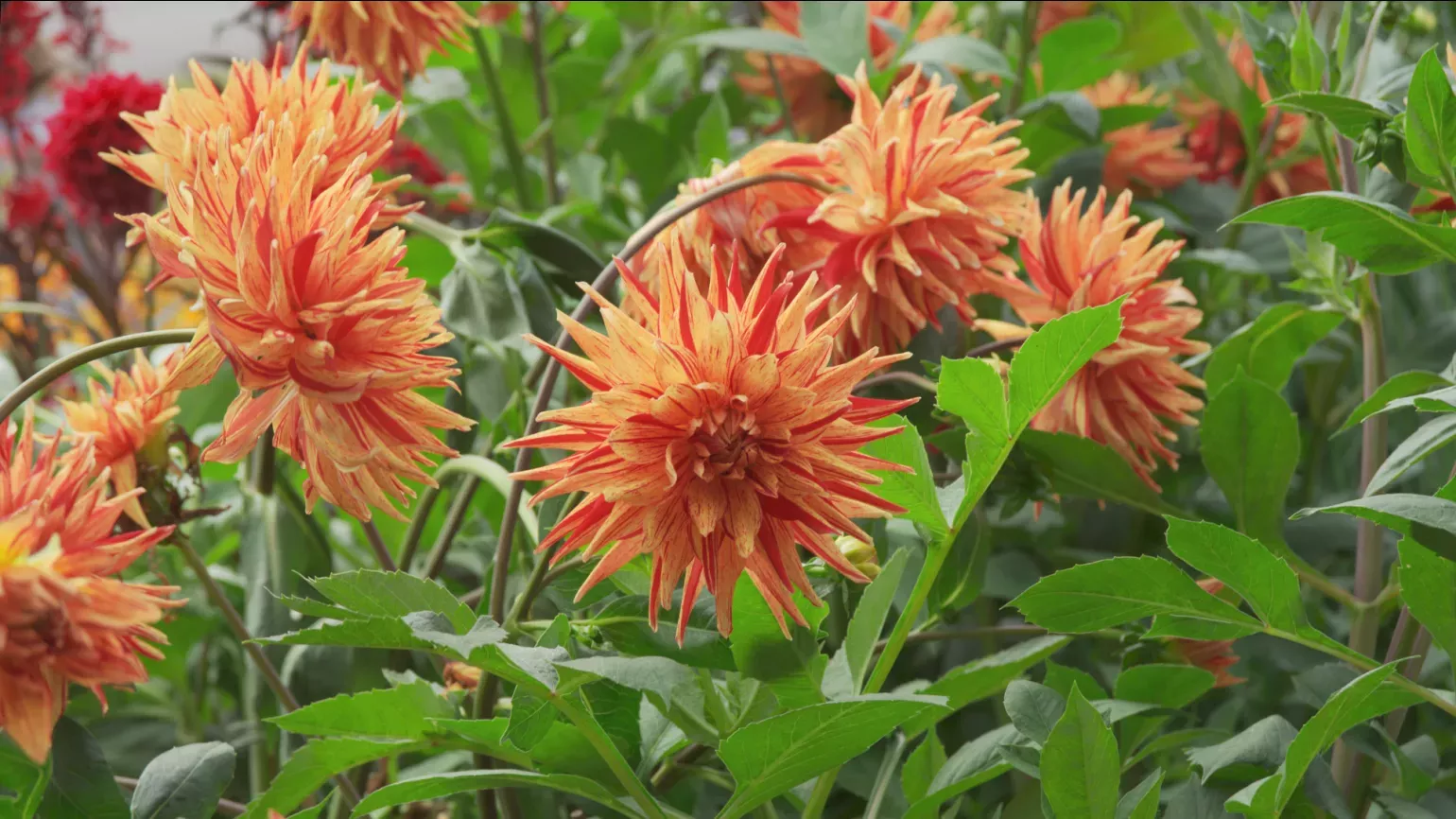
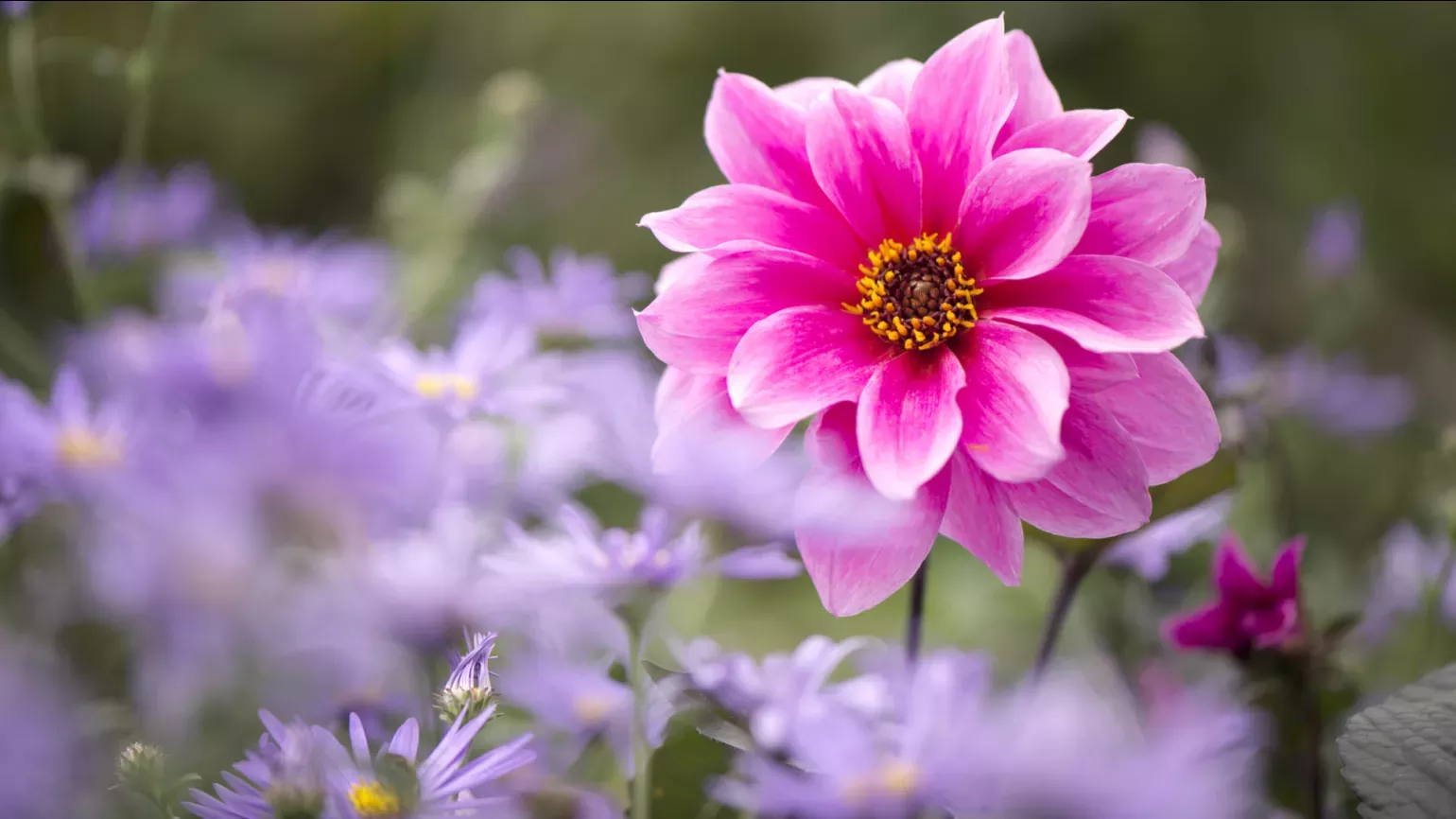
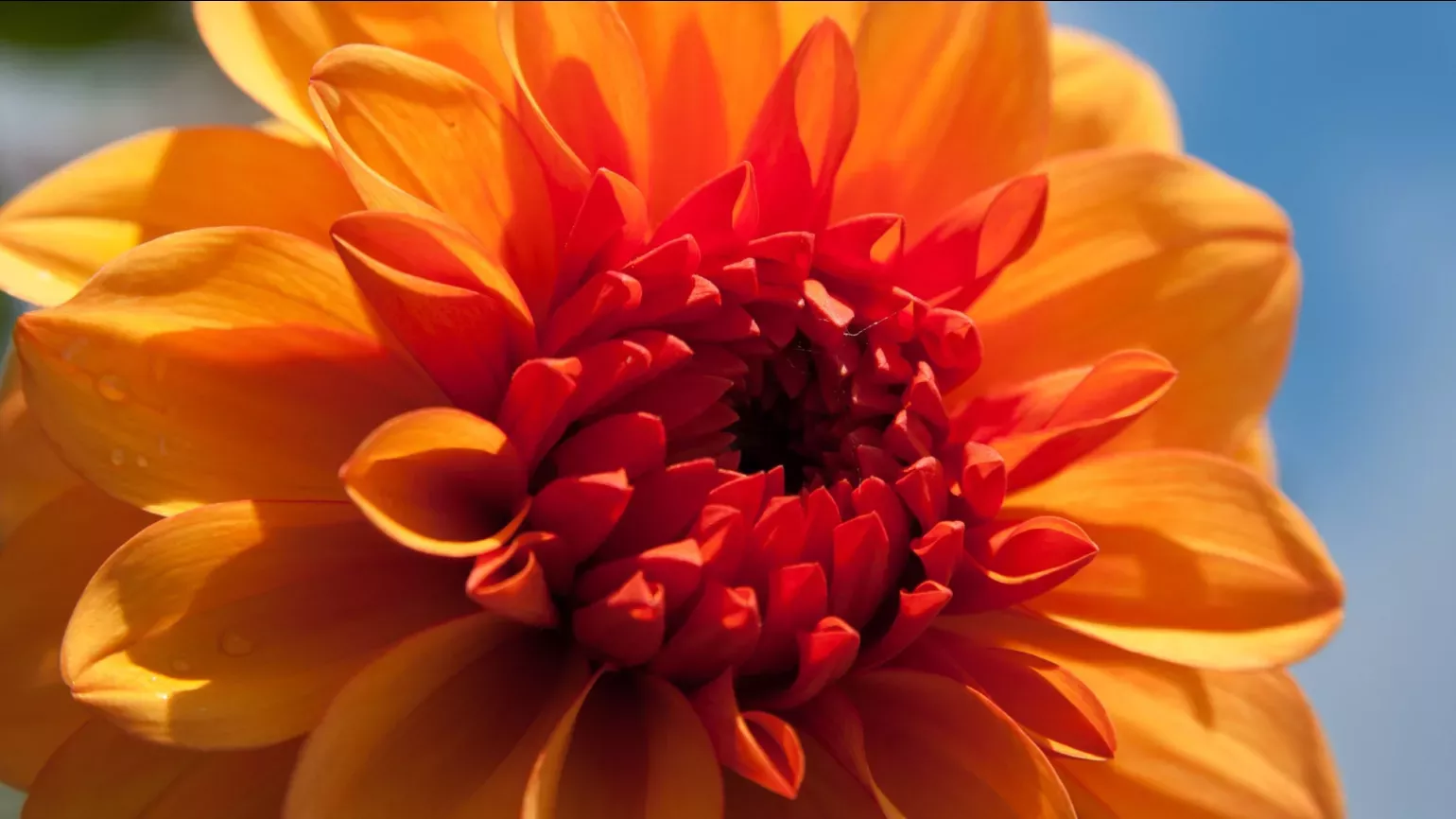
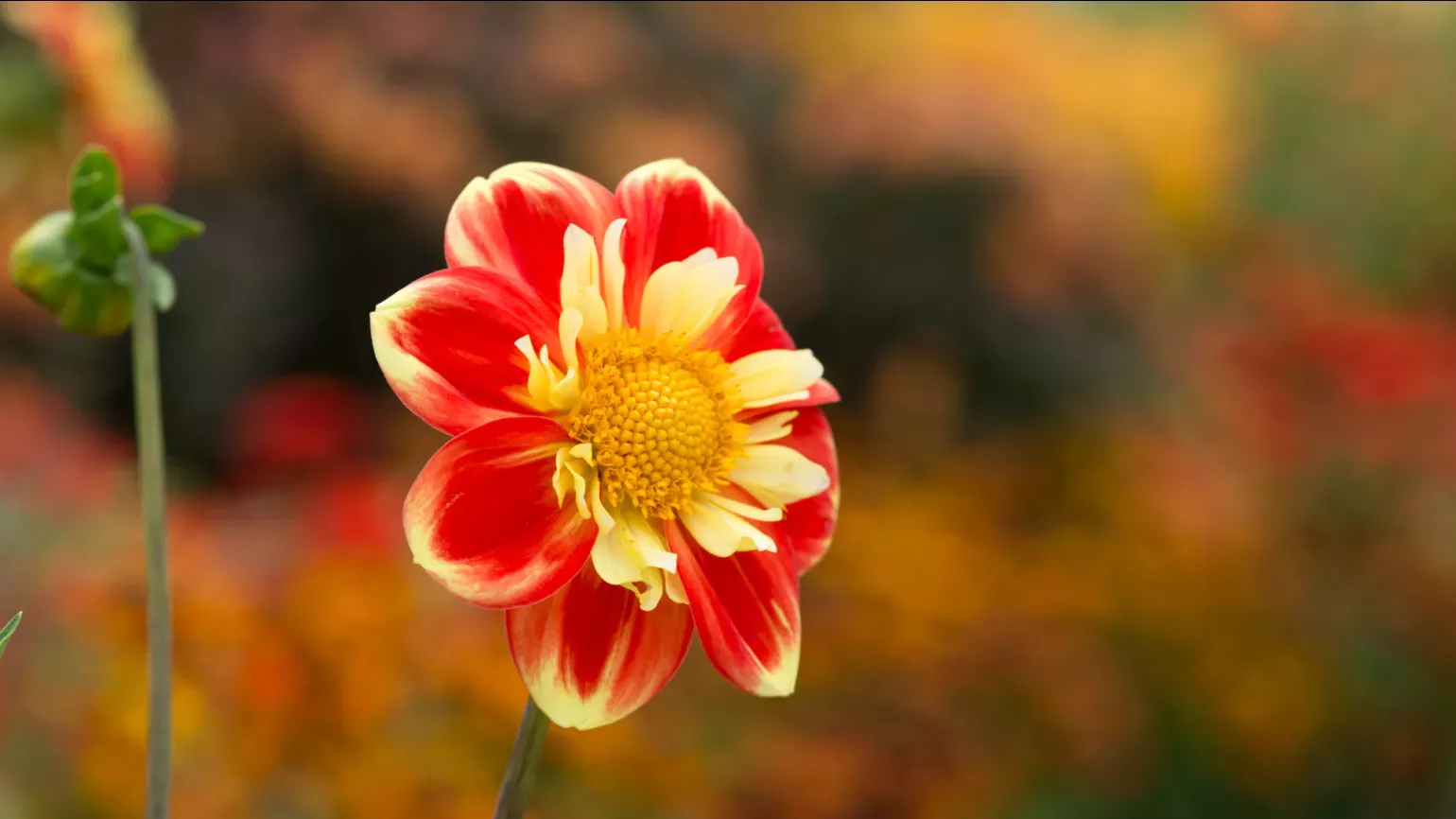
Plant uses
Cultural
The dahlia is an incredibly popular ornamental flower, with over 57,000 different varieties.
Food and drink
Dahlia tubers were farmed by the Aztecs as a food crop. Today, they are still used in Oazacan dishes in southern Mexico.
Dacopa is a drink flavouring made from roasted dahlia tubers that is used across Central America.
Health
Before insulin was isolated and used as treatment in 1922, people with diabetes were treated using a substance extracted from dahlia tubers called inulin.
Materials and fuels
The hollow stems of dahlias were used by the Aztec people as water pipes.
Did you know?
The Dahlia was named after naturalist Anders Dahl by Antonio Jose Cavanilles, Director of the Royal Gardens of Madrid, in 1791.
Similar to other imports from the Americas, dahlias proved unpopular as a food stuff when brought to Europe in the 18th century. Instead, they started to be grown as ornamentals.
The numerous varieties of dahlia are grouped into 14 types based on flower shape, which includes ‘single-flowered’, ‘pompon’, ‘cactus’ and ‘double orchid’ dahlias.
Where in the world?
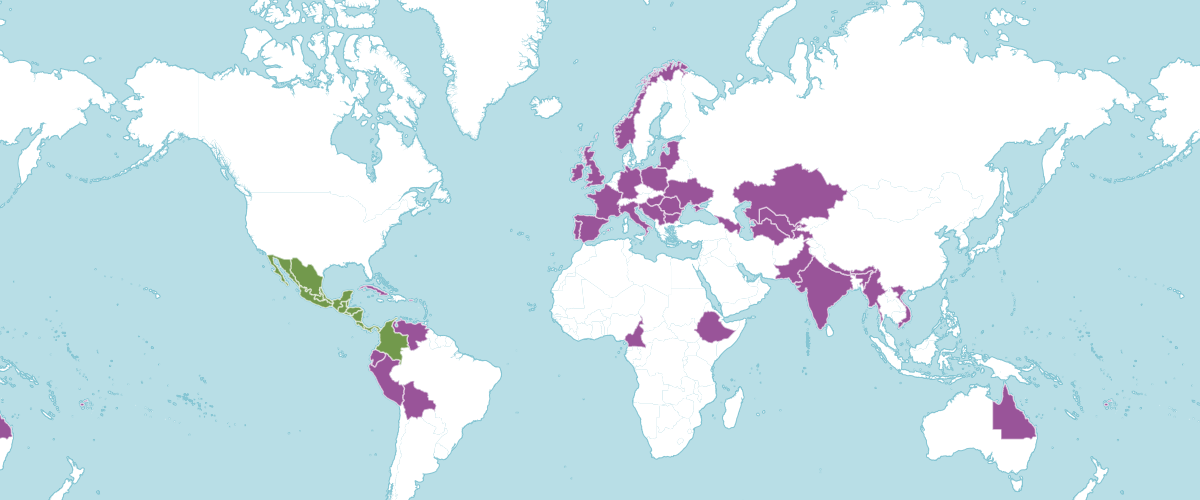
Found in mountain ranges and uplands, between 1,500 and 3,700 meters, in pine-oak woodlands.
Find it in our gardens
Kew Gardens
A botanic garden in southwest London with the world’s most diverse living plant collection.
